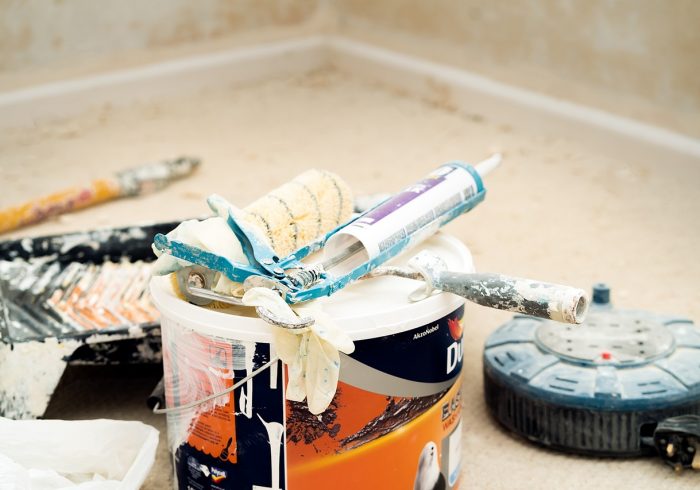Understanding the nuances of pet care is a priority for every loving pet owner. Especially knowing what to do when your pet is injured can be overwhelming and stressful. By delving into this comprehensive guide, we aim to provide insight into emergency pet care, addressing primary symptoms, immediate care methods, transportation, and visits to the vet, among other critical information.
Understanding the Signs of Pet Injury
Pets communicate discomfort in various subtle and overt ways. A few indicators of possible health concerns are a shift in routine behavior, less or more sleep, preferring isolation, or showing aggressive behavior. Changes in appetite, decline in grooming habits, and lethargy might also signify an issue. Injuries are of various types, including fractures, abrasions, cuts, or internal injuries. Being proactive and vigilant for these signs can prevent further aggravating their condition.
Immediate Care for an Injured Pet
Suppose your pet is injured and in distress; the first action should include immediate care at home. Try to calm the pet and apply initial first aid if the wound is superficial. Keep a pet first aid kit at home to deal with small cuts, abrasions, or other minor injuries. However, it’s important to observe the pet’s discomfort level and seek professional help promptly. Remember, some injuries might need specialized care from an emergency veterinarian.
Transporting Injured Pets Safely to a Veterinary
Once you’ve decided to seek immediate professional care, the next step is safely and correctly transporting the injured pet. The method of transport can vary depending on the type of injury. Employing soft bedding, harnesses, or even makeshift stretchers can be handy for efficient relocation. Being calm, patient, and gentle when handling injured pets is crucial, as any discomfort may cause your pet to react unpredictably, leading to further harm.
Pet Emergency Care
When it comes to emergency vet care, knowing what to expect can ease the stress. Veterinarians often focus on stabilizing the pet, including administering fluids, and analgesics, or even performing emergency surgeries. It’s virtually impossible to anticipate the procedures your pet might need. Sometimes, companies such as an emergency veterinarian provide specialized care for critical cases.
Steps After the Emergency Care Visit
When your pet has been treated at the emergency veterinary clinic, and you’re fortunate enough to bring them home, post-care responsibilities lie ahead. Here are some crucial steps to ensure the successful recovery of your pet post-emergency care visit:
- Understand Instructions: Shortly after your pet’s emergency visit, thoroughly comprehend all treatment information and post-care instructions provided by the veterinarian. If anything seems unclear, don’t hesitate to ask the vet again.
- Medication Administration: Pets may have specific medication needs after an emergency. Always administer medicines on schedule, ensuring the required dosage is accurate.
- Wound Care: Your pet might have undergone surgical procedures requiring special wound care. You should understand how to clean and dress wounds effectively without causing further discomfort to your pet.
- Provide a Comfortable Environment: Crucial to any pet’s recovery is rest. A quiet, comfortable, and separate space for your pet can provide an ideal environment for a swifter recovery.
- Monitor Your Pet’s Behavior: Your pet may exhibit behavioral changes following their emergency visit. Keep a vigilant eye on any changes in their eating habits, energy levels, or overall behavior.
- Follow-up Visits: Depending on your pet’s condition and recovery, follow-up visits to the vet may be necessary. These visits are crucial to ensure the vet can monitor your pet’s progress and adjust treatment plans as necessary.
- Adjust Diet If Necessary: Changes in dietary needs might also come up. Depending on the injury or treatment, your pet might require a special diet or adjustments to their eating schedule to facilitate recovery.
- Patiently Aid Your Pet’s Acclimatization: It’s important to remember that your pet may feel distressed or exhibit signs of withdrawal. Be patient and give them the time and space to come to terms with their situation. Remember, steering your furry friend towards a complete recovery requires patience, care, and compassion.
Routine Care at Veterinary and Preventive Measures
Solutions like St. Francis Veterinary Hospital signify the value of a routine care vet. These facilities specialize in pet care, ensuring your pet’s health remains optimal throughout their lives via regular check-ups and necessary treatments. Moreover, preventive care vets advocate for preventive measures to avoid potential injuries. Measures such as pet vaccinations, regular deworming, heartworm prevention, and spaying or neutering can significantly reduce the likelihood of serious health concerns your pet may face.
Pet Insurance for Emergency Care
Facing a pet emergency can be financially burdensome. Pet insurance plans that cover emergency care can be helpful, ensuring you can focus on your pet’s recovery rather than worrying about financial constraints. The type of pet insurance you choose largely depends on the potential risks, age, and breed of your pet.
Tips to Prevent Pet Injuries
Prevention is always better than cure. Regular veterinary check-ups, a healthy diet, exercise, and a safe environment are essential for your pet’s well-being. Training your pets to behave safely and keeping harmful substances out of their reach are practical ways to prevent potential injuries.
Conclusion
When our furry companions are distressed, proper knowledge can make all the difference. Emergencies can be daunting, but being prepared can ensure the best for your pet’s health and happiness. Remember, caring for an injured pet goes beyond the immediate need; it includes preventive steps, regular check-ups, and an emphasis on their overall well-being.



